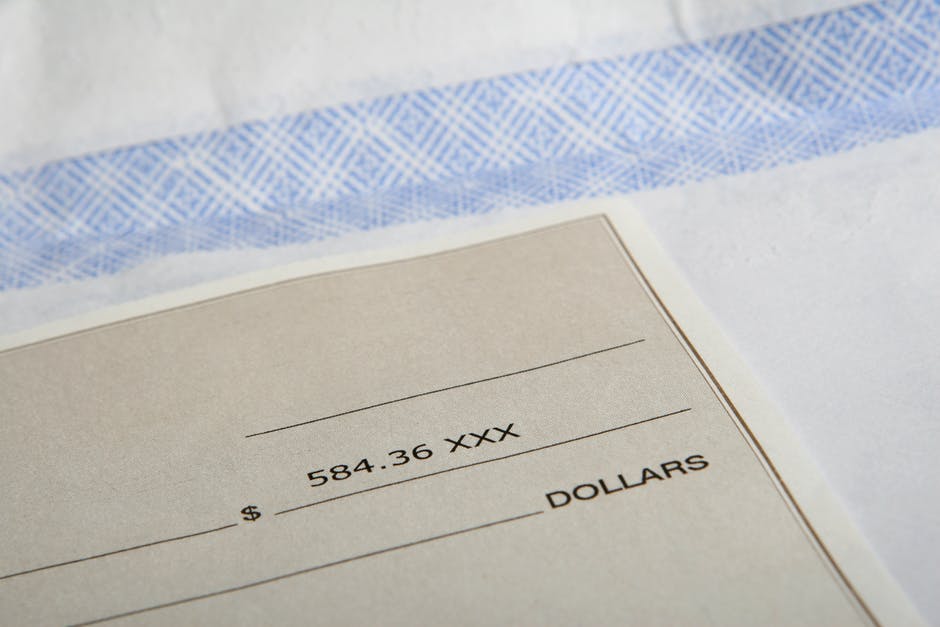What is a paycheck?
If you’re just embarking on your entrepreneurial adventure, you may be wondering what a paycheck is and what’s included in one. Terms like pay stubs, proof of income, and payslip can be confusing, so check out this guide on everything you need to know about pay stubs.
What is a Paycheck Stub? Pay Stub Basics
Simply put, a paycheck stub, also known as a pay stub or payslip, is a document that indicates how much an employee is paid. When an employee receives their paycheck, the pay stub includes the payment details for each pay period.
Several states have no pay stub requirements, including Alabama, Arkansas, Florida, Georgia, Louisiana, Mississippi, Ohio, South Dakota, and Tennessee. In these states, employers are not required by federal law to provide pay stubs. However, you still need to keep track of the hours each employee worked in order to comply with the Fair Labor Standards Act.
In all other states, you have to provide some form of written payment statement to your employees. Traditionally, pay stubs are attached to the back of a physical paycheck.
For digital payments, employers today can generate online pay stubs for their online payroll. For an easy online pay stub generator, check out PayStubCreator.
What’s Included in a Pay Stub?
As we’ve seen above, pay stubs include all the payment details for a payment period. This varies depending on the employee’s position, as well as the nature of your business.
Let’s see what might be included in a pay stub below.
Gross Pay
This represents what you pay your employee before any deductions. The actual money your employee receives is always less.
Wage Garnishments
If your employee has an outstanding debt, a part of their gross pay may be withheld to pay off that debt. This includes pending tax bills, mortgages, and other loans.
Taxes Withheld
Depending on the tax bracket and state, there are several different taxes listed in the pay stub. These include federal taxes, state taxes, and local taxes.
Federal Insurance Contributions Act (FICA)
FICA includes contributions to social security and medical care. All pay stubs include this.
Insurance Deductions
These deductions include health insurance, dental insurance, disability insurance, and several other benefits. Depending on the nature of your business, your employees might have to contribute to these benefits. When they do, their contribution is included in the pay stub.
Retirement and Pension Plan Contributions
If you offer retirement or pension plans to your employees, the cost will be deducted and listed on the pay stub. These include 401k, 403b, or pension arrangements.
Net Pay
Finally, net pay represents the amount your employee will receive after all of the aforementioned deductions. This is the final pay your employee will earn each month.
Daily Inspiration for Modern-Day Entrepreneurs
What is a paycheck? Now you know! If you liked this article, you should browse our blog for tons of other useful information. We cover topics ranging from health and lifestyle, to business and personal growth, with an emphasis on objectivity.
We aim to provide you with inspiration every day, 52 weeks of the year. So, come on in and get ready for inspiration!



